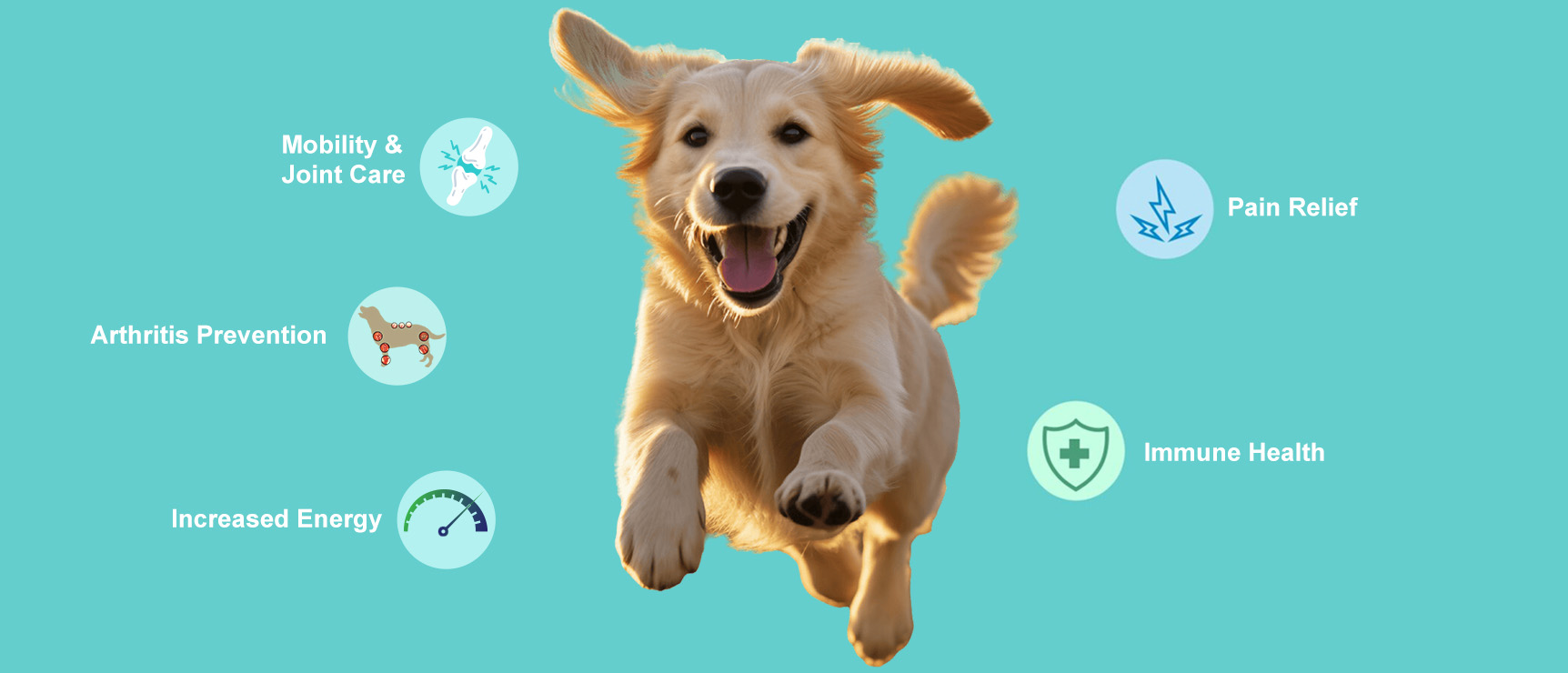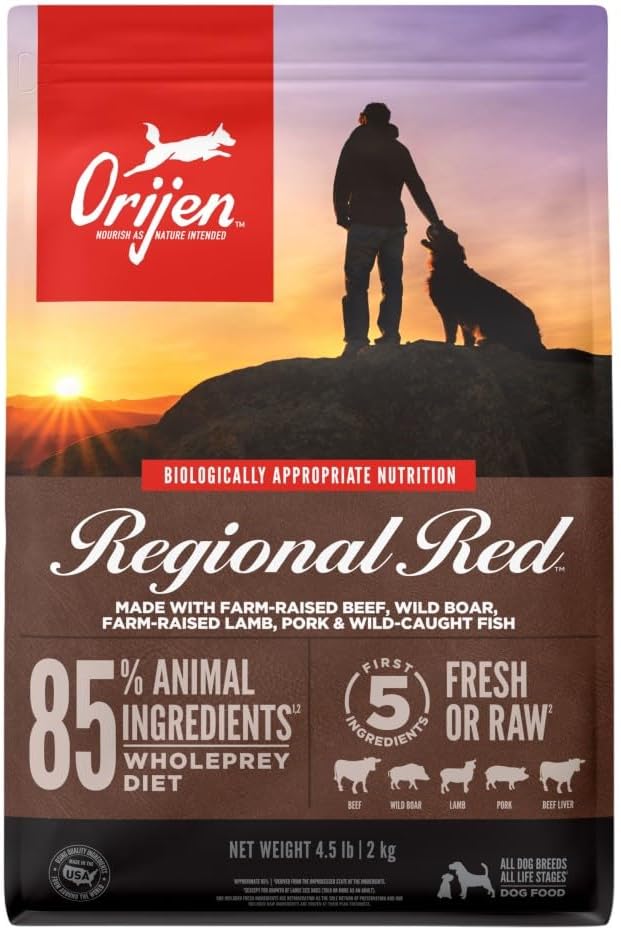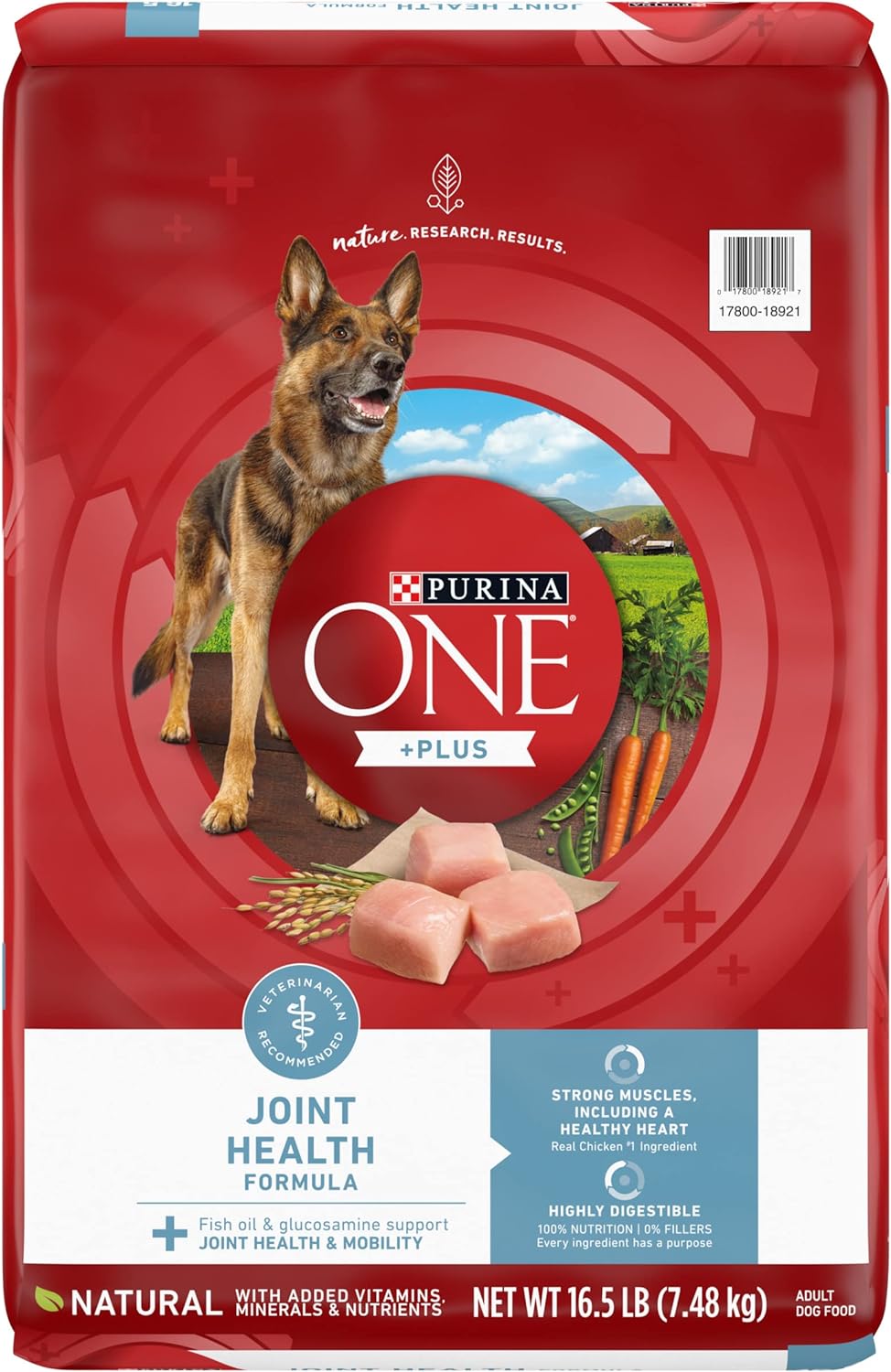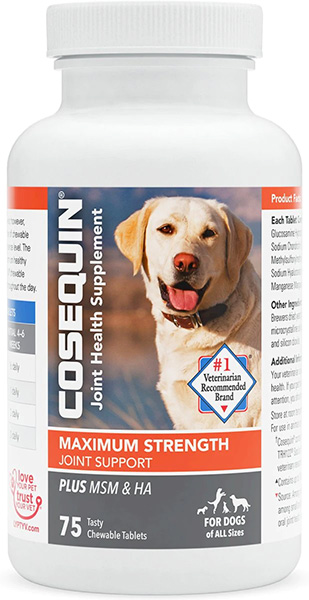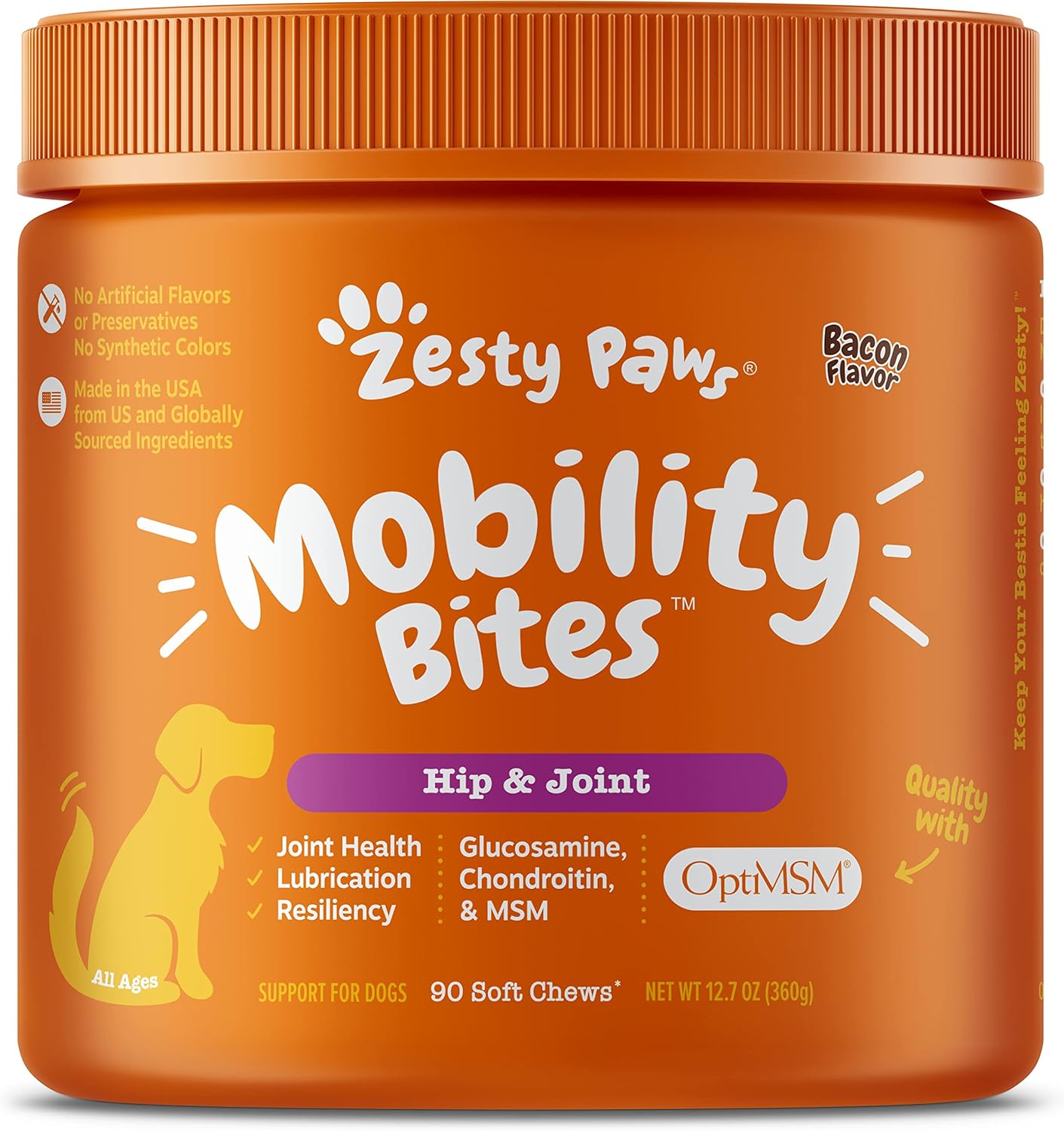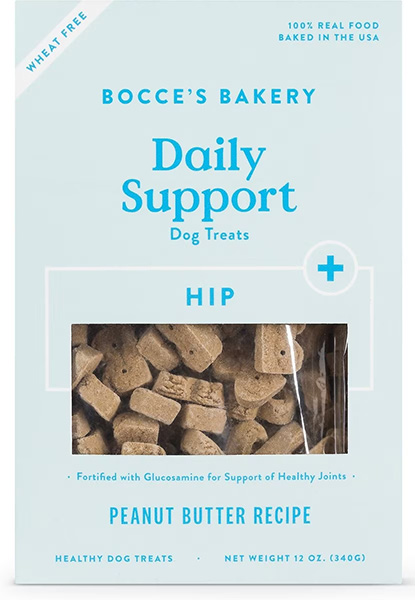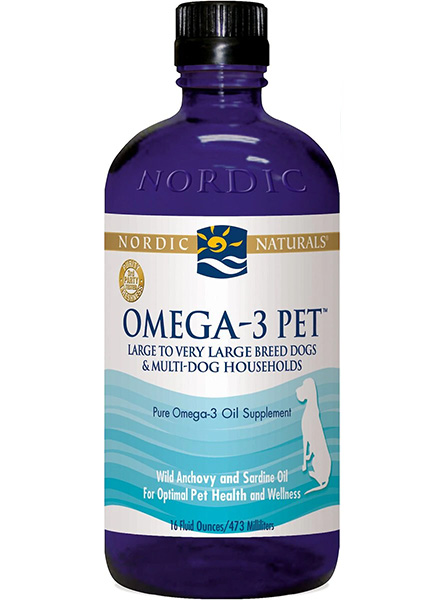Hip & Joint Health
Maintaining lean body weight and encouraging regular exercise are key to keeping joints healthy, but nutritional supplements can also improve joint comfort and protect cartilage, the cushioning in joints that stops bone from rubbing on bone when your dog moves.


